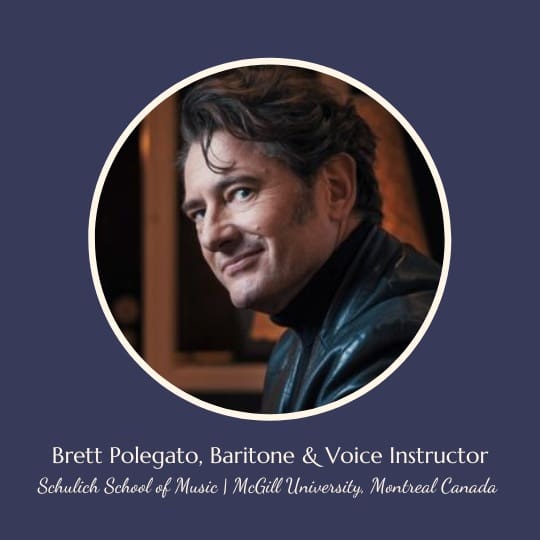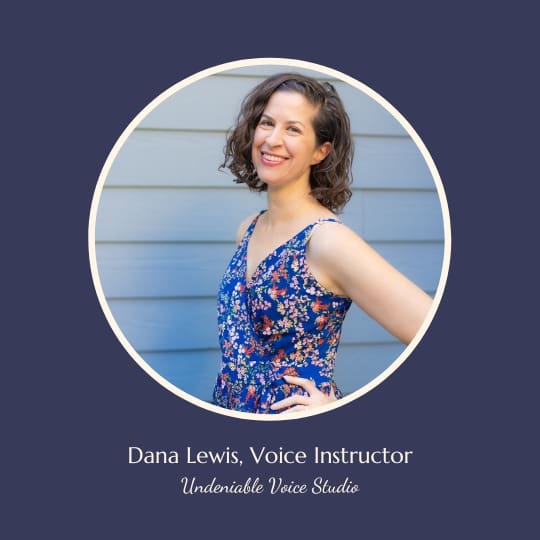
Diagnostics 101
voiceped for real life
Pedagogy that rewrites your imposter narrative.
Voice pros deserve to feel confident, empowered, and highly proficient in the studio.
Diagnostics 101 has entered the chat.

NOW YOU CAN GET OFF THE DIAGNOSTICS HAMSTER WHEEL
You know the one. The one where voice teachers are told that, in order to be effective teachers we must:
- analyze the sounds that the singers we work with are making, then
- pinpoint the physiological process they are using to make them, then
- create a plan (or exercise) to change that physiological process so they produce a more desirable sound.
We often blame it on:
- an inability to analyze sounds, due to
- a lack of understanding of vocal function, leading to
- an inability to prescribe a course of action that will lead to production of desirable sound.
here’s why the Diagnostic Hamster Wheel is kind of bullsh!t
We’re gonna be far more effective voice teachers if we:
1. identify what the singers we work with want to communicate and what kinds of sounds they want to use to do so, then
2. get those sounds “in our ears” (and maybe in our bodies by singing them a little … or a lot), then
3. articulate what we want to hear more of in the sounds the singers we work with are making, then
4. support the singers we work with as they discover the coordination that will lead them to make those sounds.
Which is also known as student-led teaching. You know, the kind of pedagogy where we believe:
that the singers we work with have something unique and valuable to say, and
that we can trust our own perception and intuition, leading to
a co-operative diagnostic process that supports student agency and stimulates learning.

"I've done a lot of voice and voice pedagogy training but when I saw that you were offering Diagnostics 101, I signed up because I was hoping to get new perspectives on how to balance all of the vocal function information I have with seeing the student as a whole person and working with them to achieve their goals and develop their agency. This class delivered that a thousand times over! I've attended many of your classes and workshops in the past but Diagnostics 101 was my absolute favorite one! Thank you!!”
-Natalie Ford

“Thank you for Diagnostics 101! I signed up for the class because I can’t always explain every anatomical or physiological change in the voice the way that I think I should be able to, so I doubt my own teaching skills. Now feel like I am serving my students better. I have more tools to support them in determining outcomes and developing agency. I can trust my own teaching skills AND my students can do their best learning. Thank you for the validation!!”
- Elspeth Maynard

“As a teacher in academia whose assets come from an extensive performing, not pedagogical, background, I really appreciated Diagnostics 101! I signed up for the class thinking that you might be giving information about how to diagnose specific sounds and processes, so when you offered tools for supporting discovery, exploration, and agency in order to embrace a student-led model of diagnosis in the voice studio, I found it so validating. Now I have the tools I need to continue confidently on this path in my own teaching. Thank you again!”
- Brett Polegato

“I had the most fun coaching session with a lovely 15 year old yesterday and used this student led teaching philosophy from the Diagnostics class. It worked amazingly well and gave her so much agency and reliability…..and it was a WAY more enjoyable way to teach with significantly less pressure on me to “fix and figure out” what to do or explain concepts. She came up with so many awesome directives on her own with just a little prompting and guidance. Such a joy!! Thank you!”
- Dana Lewis